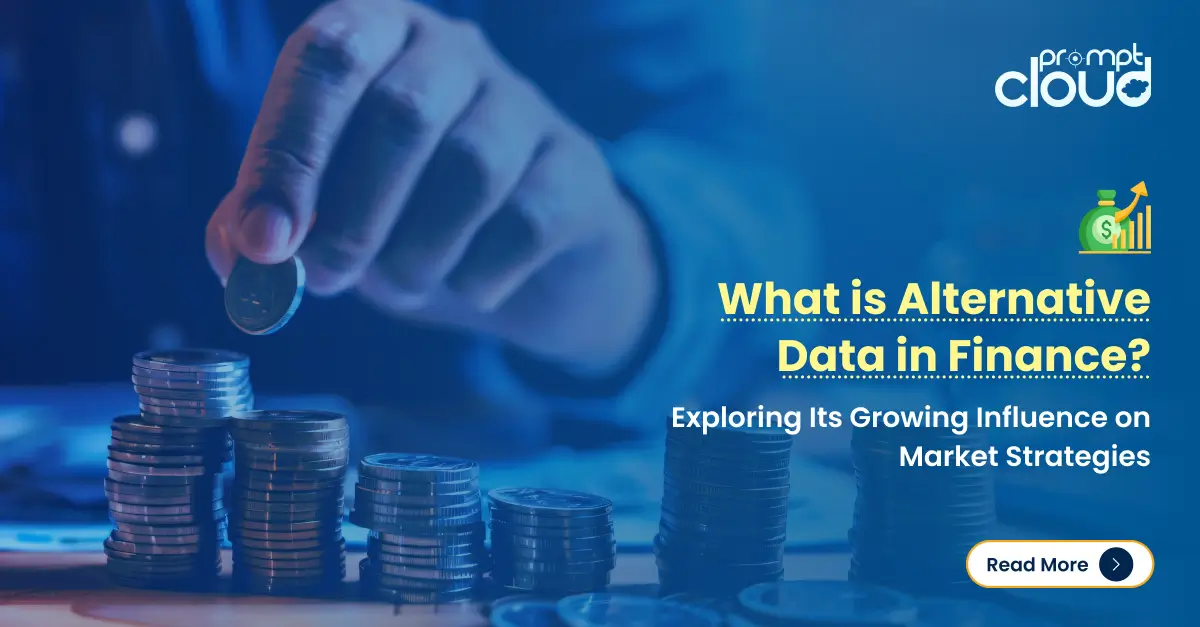
The digital landscape has brought about improved operational performance and better business decision making. With the growth of advanced data analytics and superior methods to harvest web data, it is not surprising for music labels and individual artists to turn to big data analytics to gain insights on their own performance as well as the preferences of the audience at the moment. This also marks a significant shift from the past where we believed that the internet was the biggest barrier to the music industry’s success. The band managers, private labels, distributors and digital marketers have collectively come across data harvesting in recent times to incur rapid business gains from insightful decisions made on the basis of solid big data analytics.
How has the internet’s value proposition changed for the music industry?
While Internet provided the avenue for illegal downloads, there were also smart players who learned to leverage the channel for their own good. This reversal started with iTunes by Apple and was followed by similar success stories like Spotify and YouTube. The second major phase was the emergence and widespread popularity of music streaming services. By tying up smart marketing campaigns within the audio-visual interface, companies started to extract better value from the online ecosystems with music streaming services. They offered two key advantages –
- Services like YouTube or Spotify were free to use and access
- They offered major convenience as the music could be streamed to any device connected to the internet
These advantages did to the music industry what other approaches couldn’t do, i.e. have the customer transition from illegal downloads to these legal services. Since these services are free, users need not access illegal torrents or sites to hear their favorite music. The in-app ads too served the monetization purpose well for businesses.
What does this re-kindling of the relationship between technology and music mean?
The re-marriage of technology and music means a largely untapped potential to harvest meaningful data from the music sites and influence decision making to go in the right direction. You must be familiar with the recommendations thrown up by YouTube based on your viewership history or the current music track. This is nothing but data harvesting and big data analytics at play. Together, they seek to provide deeply personalized targeting to the users. This, in turn, will ensure loyal customer base and a much better user experience.
Most of the data extraction happens on the social media platforms like Twitter, Facebook, YouTube or Instagram. With a proper data extraction service, you need not spend time programming data analytics rules but instead can use the time on making insight-backed decisions. With data harvesting, you can get various cuts and slices of data that will let you see your artists, labels, songs and band performance in a new light. You can set rules to collect statistics on a daily or periodic basis and filter it by various geo-profile parameters. With data harvesting, you can also compare user engagement KPIs of two songs or two artists.
With the help of data scientists and data harvesting experts, it becomes very easy to analyze how well your band, an artist, or a particular song is doing. From recommendations engine designed to provide the most suitable audio and video experience, or IoT– enabled music concerts, to getting an apt list of suggestions in songs or artists, is actually big data and data harvesting at play behind the scenes. Imagine the value of big data when we think how challenging it was in the older era of non-digitized music such as LPs, music cassettes, or CDs. Music labels and analytics experts couldn’t get much data about how many downloads, what is the performance of an album, or which audience type likes listening to a particular song. The first phase of technology meeting music began in the form of music downloads. This helped the decision makers to monitor the volume of downloads, listening habits, and audience preferences. With music streaming, the blend of technology and music delved deeper, with detailed insights on who, when, where, or how available through targeted harvesting of web data.
What value does data harvesting provide to the music industry?
The music industry is seeking to capitalize on this deep understanding of music and competitive intelligence of the music labels brought about by data extraction. By its very nature, music cannot be analyzed. However, when it is transformed to a digital format, it opens a lot of possibilities of customer and user analysis. With digitization, the process of quantifying and analyzing at a song level becomes possible due to big data.
A prime example of the value derived from such harvesting of web data, its categorization, and subsequent data analysis is Pandora’s Music Genome Project (MGP). Started in 1999, this service employs manual organizations mixed with automation algorithms to classify music based on parameters such as singer’s profile, instruments used in the song, speed of the rhythm, and orchestra profiling. As many as 450 such data points are collected for a single song. Its database has around 30 million songs and growing every day. A similar example in the media business can be Netflix where it has a dedicated team of people watching film content and classifying it to build its database. Similarly, Pandora has a team of trained music professionals whose job responsibilities include listening to the song and building the 450 points associated with each song that can be later fed into its master database.
The outcome of this elaborate structuring and organizing of music data? A better way to classify music and algorithms can be designed to serve the recommendations engine. This, in turn, helps the company to engage better with music patrons, and thus improve their revenue generation capabilities. How good it would be if the user need not search for a similar song to suit his current mood or listening preference. Rather, the algorithm will be able to throw suggestions based on what he is currently listening to. This explains the massive success enjoyed by Pandora’s music streaming services.
Another superb example is Spotify. The company has been leading as the world’s favorite streaming service, overtaking Pandora. This immense popularity is not without reason. Spotify has been quietly working in the background to alter the way data is harvested and analyzed for superior outcomes. Its acquisition of Echo Nest is a step in this direction. Powered by their data extraction capabilities, it has successfully built a much more robust algorithm for recommendations engine with better automation and better data crawling capabilities.
Now we look at another avenue worth exploring for the music industry – i.e. the possibility of harvesting data generated during live concerts. The instance of concert audience getting LED wristband upon entrance during Taylor Swift’s performance was showcasing the prowess of IoT on display. The band had the ability to change colors as per the mood of the song sung by Swift live on stage. With live concerts forming a major of the music industry’s earnings, such implementation of tech brilliance will definitely add to the ‘wow’ factor experienced by the participants.
A look at the future
[spacer height=”10px”]Many companies have expressed their reservations about music streaming and the legality of the approach employed by service providers. The model has brought about issues like royalty payments and long-term profitability potential. This has, in turn, diminished some of the buoyancy around music streaming as a lucrative business opportunity. However, Spotify has shown that by letting technology penetrate deeper into the music industry, the revenue generation capacity of the music industry will only see a positive growth. With 40 million paid subscribers happy to pay $10 per month for the service, Spotify has proven that it is possible to harvest web data, gain meaningful insights, and capture audience attention over a prolonged period of time.
To sign off
Spotting talent no longer remains the realm of a shrewd music label manager. With the advent of big data technologies and tremendous action happening around advanced analytics capabilities, things are getting better for the music industry. Technology has a hand in the way the music industry is coping with the ever-changing shift in changing user preferences and helps them to continue delivering stellar services, so that the customers stay loyal to the services and stay away from illegal downloads.
The industry’s competency in making sense out of the unstructured music data is now beginning to reap fruits as depicted by the success story of Pandora and Spotify. The need of the hour is to embrace web data harvesting, data analytics, and insights generation in order to boost user engagement and transform the internet from a foe to a friend. By employing strategic data extraction and data analytics, it will not be hard to spot the next Adele or Beyonce.




















